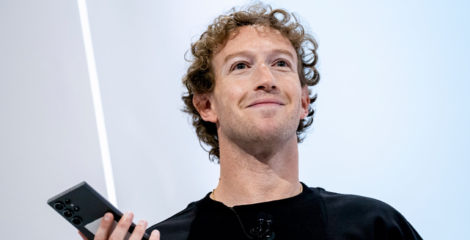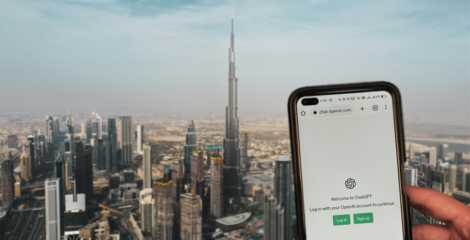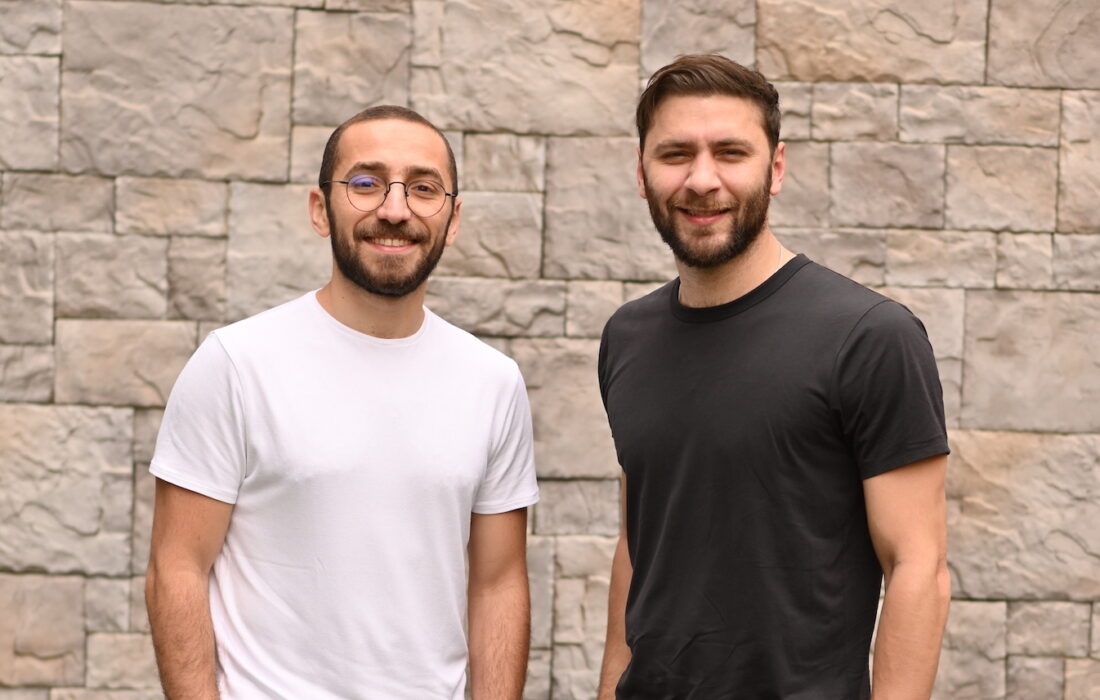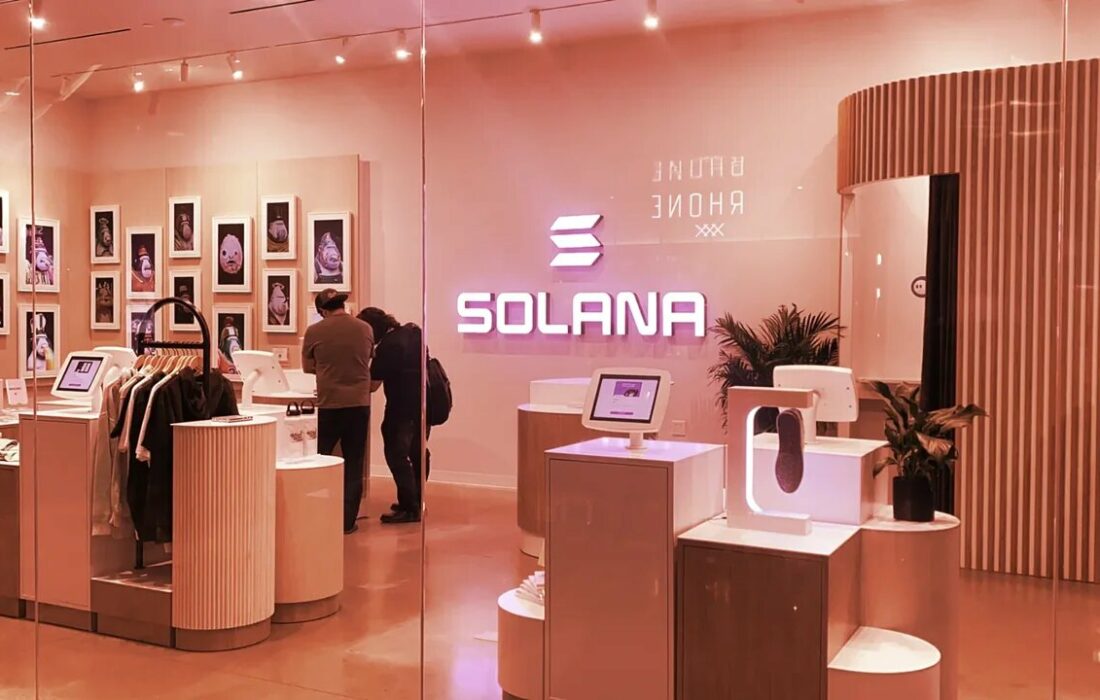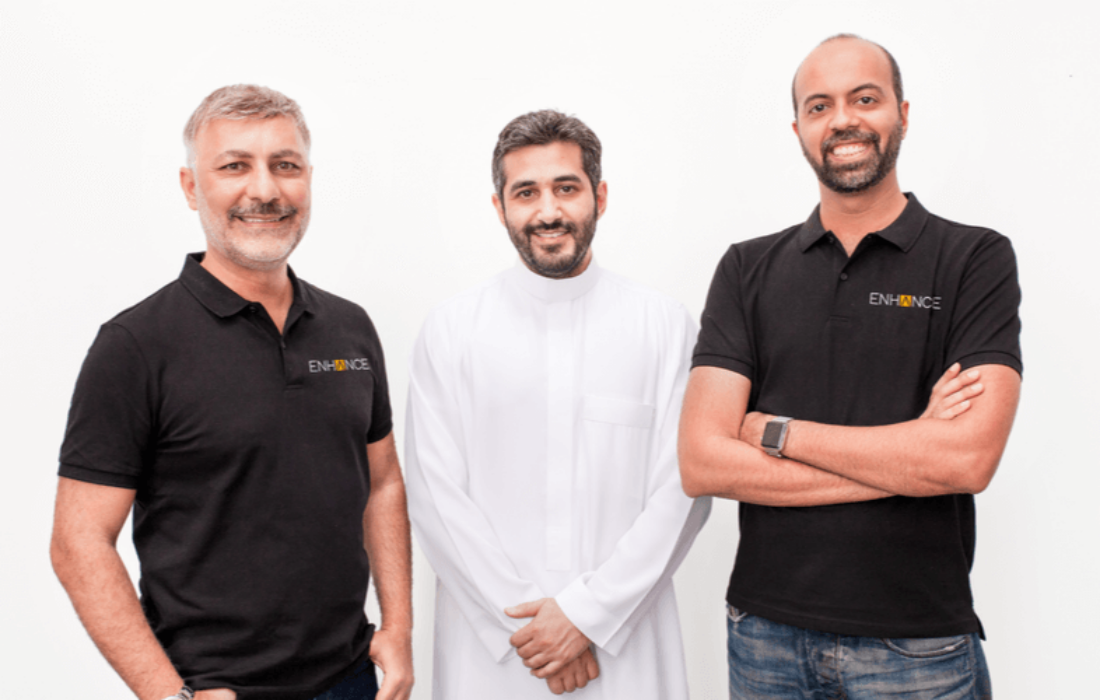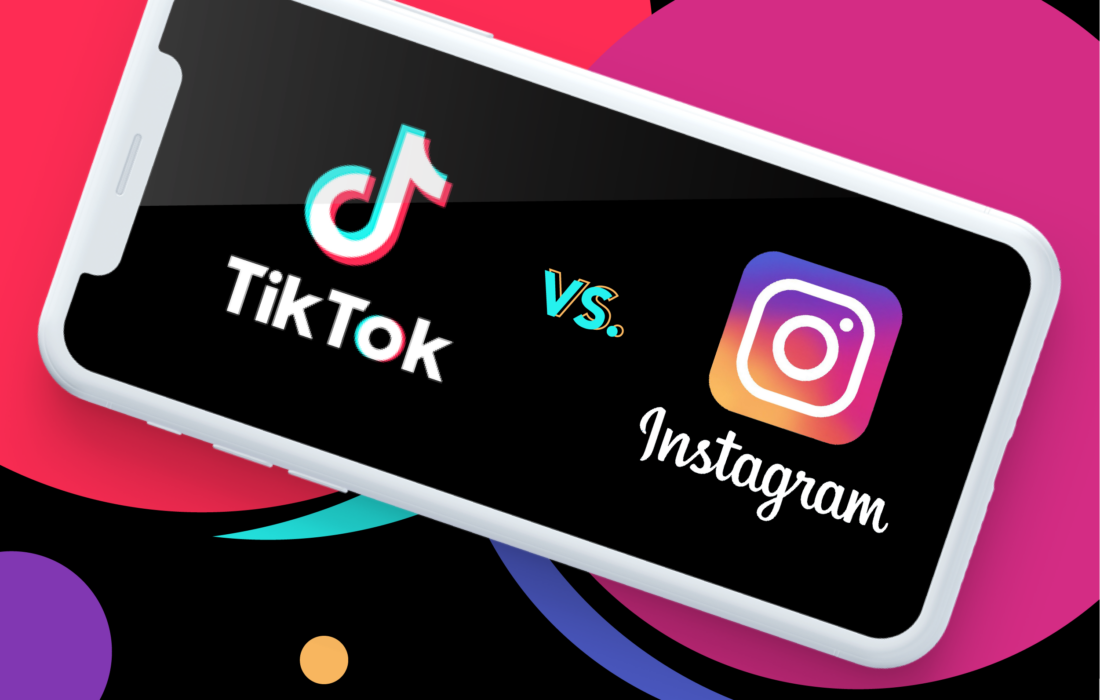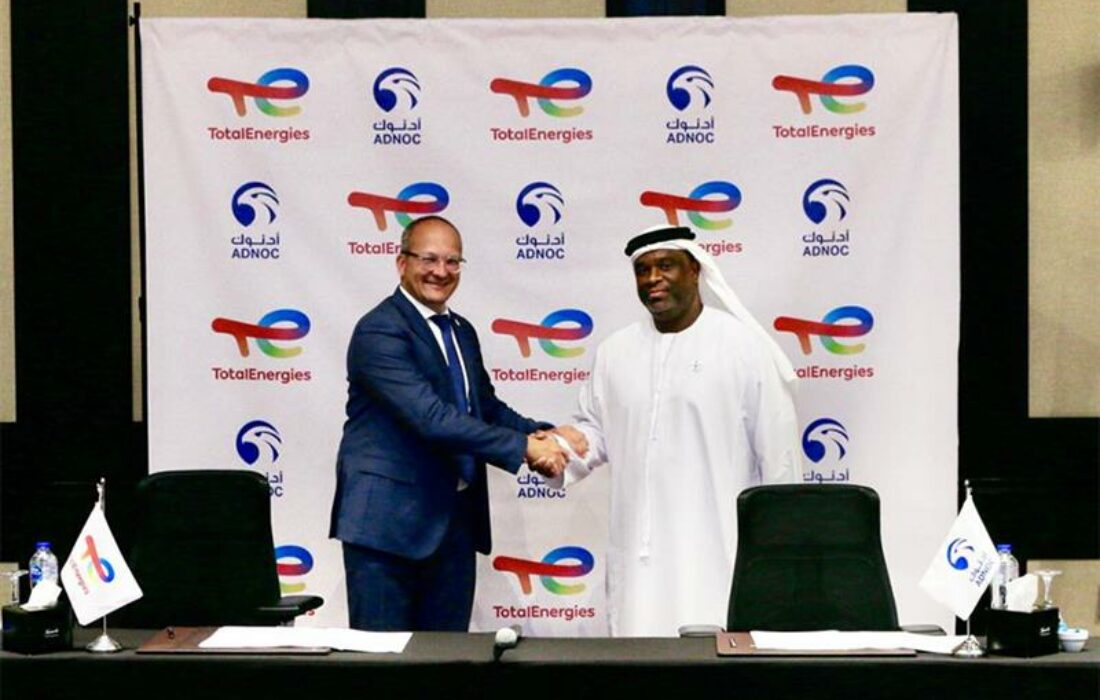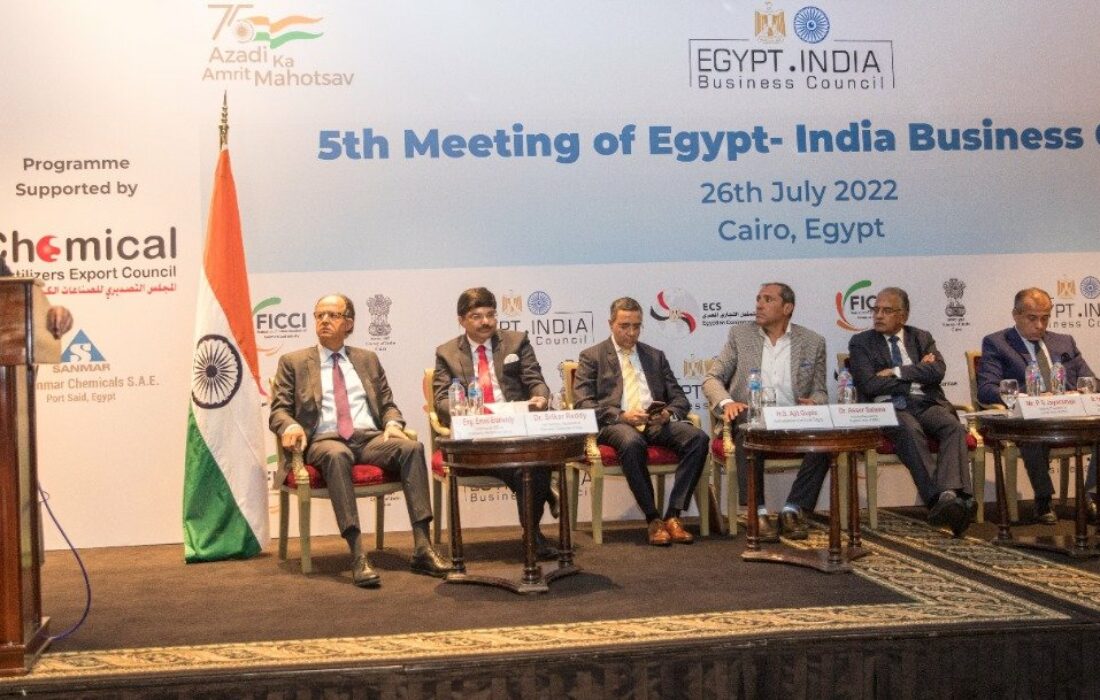Now streaming on HBO Max, ‘We Met In Virtual Reality’ is the first feature-length documentary to be shot entirely in VR.
‘We Met In Virtual Reality’ is written, directed, edited and produced by Joe Hunting. Joining him are executive producers Charlotte Cook, Bryn Mooser, and Kathryn Everett. The HBO production debuted on the 27th of July, and premiered at the 2022 Sundance Film Festival in January.
Set in the world of VRChat, an online virtual reality game where people meet up and travel through different worlds to socialize and play virtual games, the film takes us through several communities on the platform, namely that of Jenny’s, an American Sign Language (ASL) teacher who is dedicated to building an inclusive community for the deaf and hard of hearing.
The movie also gives us a glimpse inside the world of two long-distance couples who met on VRChat, and are planning to meet in-person, inviting us to wild virtual parties and even marriage ceremonies. Inspired by documentaries like “Paris Is Burning” and “Bombay Beach,” the exciting virtual journey explores difficult topics like mental health and dealing with pandemic-imposed isolation, and asks potent questions on identity, finding purpose, and forging digital bonds.
Hunting, who supports himself in part by working as a UK-based VR event photographer, shot this movie over the course of a year. To make it, he used both a native camera that exists in VRchat and a more advanced third-party camera called ‘VRCLens’, which was developed by a Japanese VRChat user who goes by the name Hirabiki.
He explains: “The essential reason I operated with this camera was to fly my lens as a drone, see peaking and zebra displays, and have more accuracy over my focal length and aperture. Those tools fundamentally gave me more immersion in the filmmaking process.”
Hunting used focal lenses within the 20mm to 50mm range to create the intimate feel of cinema verité. He continues: “I had two monitors, one clean feed and another littered in guidelines, like actual cinematography processes.”
The only barrier he faced while filming was that he couldn’t shoot with multiple cameras at the same time while using a headset tethered to a single computer. To overcome it, “I would block out the cinematography of a scene and move between each position with the conversation or action,” he said. “I was constantly shooting with the edit in mind.”
Recording was also challenging, since the sounds naturally overlap in-game. To solve this problem, Hunting took an untraditional approach. “It was important to me that we recorded the dialogue of the subjects through their own headset microphones to immerse audiences in an authentic experience of VRChat, and to embrace the spatial tones in each of their voices. All the dialogue is recorded in real time using OBS, and when background noises occurred, I could typically do a retake in the moment or fix in post.”
In an interview with IndieWire, Hunting describes the experience as “a complete other world at this point,” explaining: “that’s what I wanted to investigate — not what it’s like to arrive as a first-timer, but the community that already exists there.”
Hunting had all his subjects sign release forms that included both their real names and VRChat usernames, although their real names were never released in the feature film. He was also in touch with VRchat administrators for the project, but since the platform allows creators to retain ownership of their avatars as well as the worlds they built inside the game, the documentary didn’t need any official approval from the company itself. “The film is not associated with VRChat in any way,” Hunting said. “Our relationship is simply mutual respect and understanding.”
Built in 2014, VRChat beat the concurrency record of Second Life on the New Year’s Eve of 2021, recording almost 90,000 players online at the same time. Home to the largest user base among its competitors, Meta’s Facebook Horizons and Microsoft’s Altspace, VRChat is also the most robust option on the market today in terms of design and scalability.
The game is free-to-play and openly accessible by consumer-grade 3D headsets as well as in 2D mode via a desktop computer.
If you see something out of place or would like to contribute to this story, check out our Ethics and Policy section.


